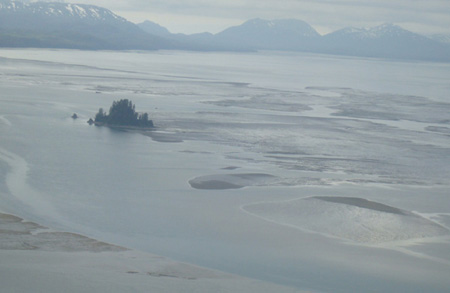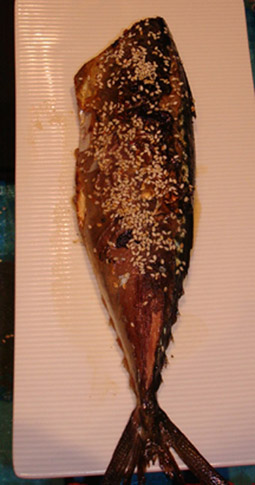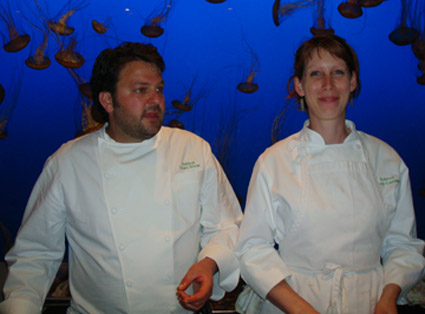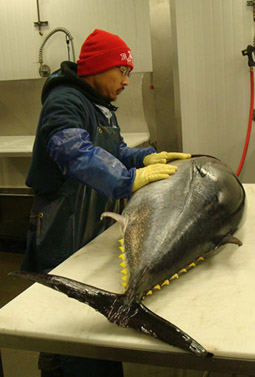Fishing For Celebrated Copper River Salmon
CORDOVA, Alaska – In this misty, mountain-flanked town, there are no traffic lights, there is no movie theater, and there is only one produce delivery by plane a week for the handful of restaurants, where a vegetarian omelet is, understandably, “a mix of what we have left at the time.”
There are no roads in or out. The only way to get here is by boat or plane. And in the summer, when the sun shines brightly, you’ll need the Ray-Bans 24-7, as it never sets.
This is Cordova, population 2,000 – on a good day, as one local joked. It’s a place where the high school graduating class is all of 40 students; and the liquor store, which has an espresso bar in it, is owned by the same woman who operates the Bible store next door. This small fishing village sits in South Central Alaska on the Orca Inlet in Prince William Sound. And it is renowned as the home of the famed Copper River salmon, and to some of the hardest working fishermen around.
That’s why I am here after three plane rides and nearly 10 hours of traveling from San Jose last week. Along with a couple of other food writers and chefs from around the country, I was invited by the Copper River/Prince William Sound Marketing Association (funded by the local fishermen) to get a first-hand look at the fishing industry here.

Salmon is revered in these parts. Indeed, Alaska is the only state in the nation in which salmon is protected in the state constitution.Â
Four canneries operate here, cleaning, gutting, smoking and flash-freezing fresh salmon to be shipped all over the world. Everyone you meet here is or was, or is related to a fisherman. Surprisingly, a good number who fish are in their 20s — sons and daughters of fishermen who followed their parents and grand-parents into this difficult line of work.
Each year, about 500 licensed commercial boats fish for Chinook, Coho, Sockeye and other salmon varieties that migrate up river from saltwater to the Gulf of Alaska to spawn in streams feeding the Copper River. Looking like the foam skimmed off the top of a mug of cocoa, the Copper River is one of the siltiest on Earth. It deposits 214 billion pounds of silt annually.

Fishermen catch the salmon after the fish have fattened up, but before they make the arduous upriver swim. That’s what makes Copper River salmon so prized – its rich, velvety, super lush flesh. It is the way salmon should taste. Read more





